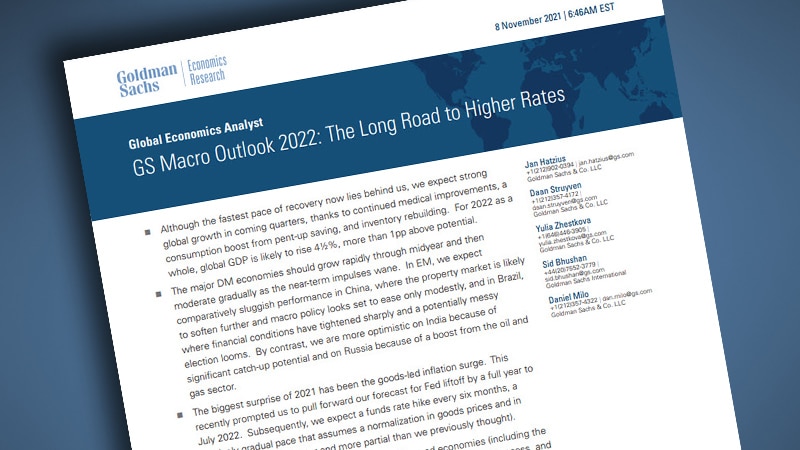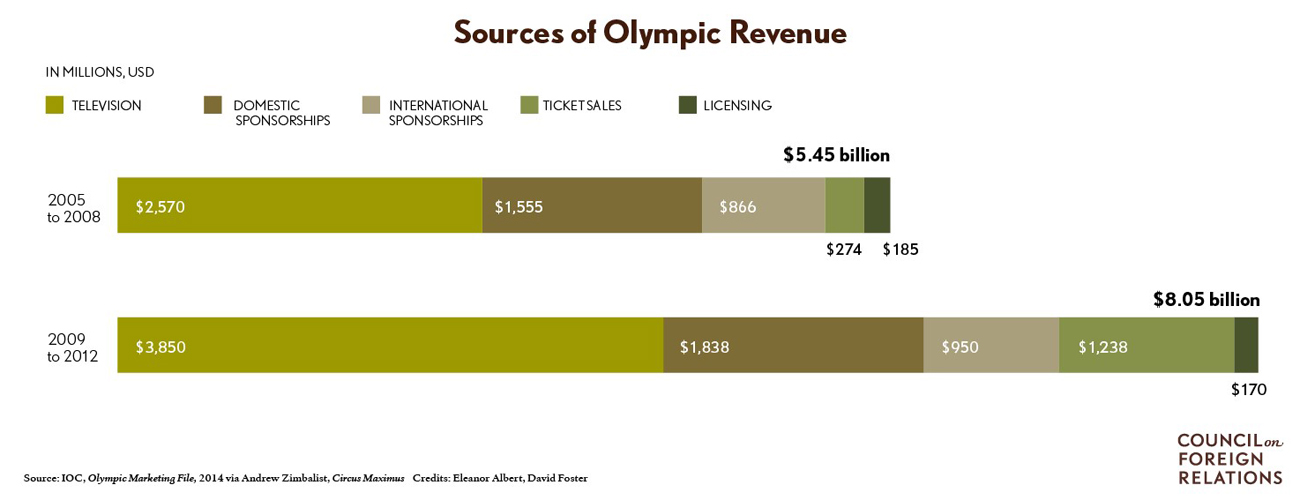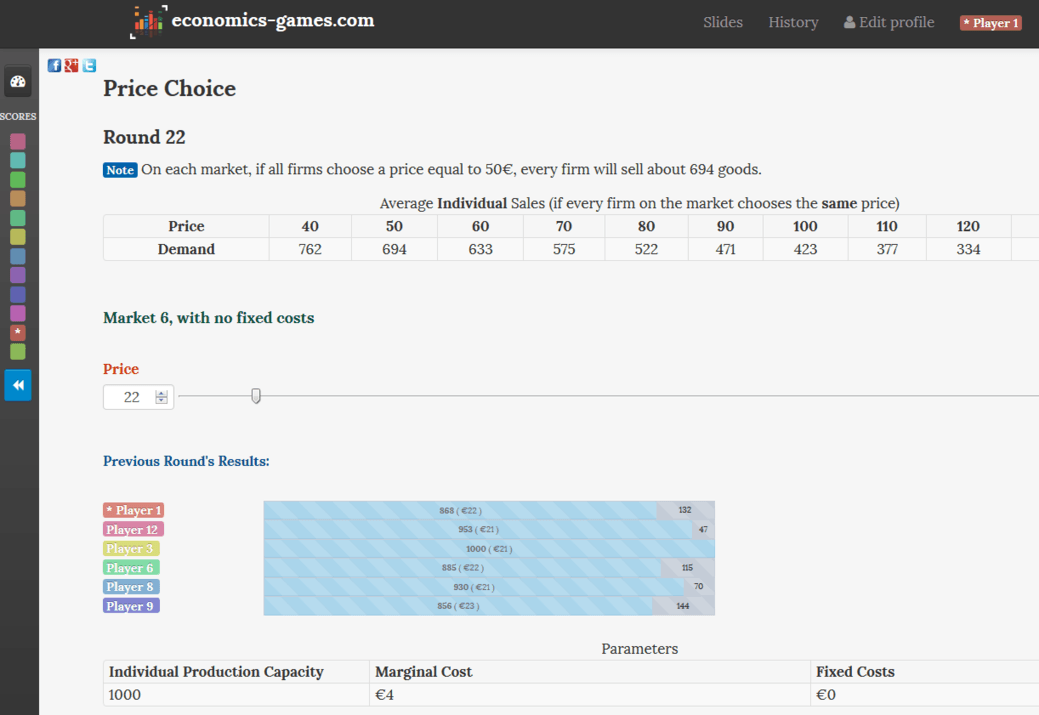

In 2015, the British Open purse increased from $9.19 million the year before to to $10 million. When one of the major golf championships increases its “purse” (the total amount of prize money given away to the players who place), the other tournaments tend to follow suit.

Here’s what the top 20 finishers got for their trouble: Even the person who finished 77th took home $17,300. But he wasn’t the only one to get an income boost from the championship. The winner of the 2015 PGA Championship, Jason Day, got $1.8 million in prize money. Want a badge that will get you in to all four competitive rounds of the 2015 Masters? You’ll pay $325, though prices reach into the thousands for tickets on the secondary market. That’s more than five times the revenue the Masters pulled in 1997. According to Golf Digest, the Masters is expected to generate around $115 million in revenue this year, with a profit of nearly $30 million. The Mastersįor golf lovers, the Masters is a highlight of the year. The magazine marveled at the “130,000 acres of our most valuable soil” given over to the game of golf, “which has grown with such amazing rapidity that it has been hard to keep pace in the way of course building.” As we’ll see, the growth in golf has slowed somewhat since the heady days of 1915. That means that, in real (aka inflation-adjusted) terms, the average golf spend in 2015 is not far off from the average spend in 1915.Īccording to The American Magazine, more money was spent on golf than on any other sport in 1915. Here’s the crazy thing: A 2009 survey of the American golfer conducted by Golf Magazinefound that the average golfer spent $2,776 per year on golf-related expenses. Of course, minus the one-time initiation fee the average cost of a year of golf in 1915 would be about $120, or $2,788 in 2015 dollars. The 1915 article totaled typical costs for a year of golf including an initiation fee, annual dues, balls, clubs, car fare and caddie pay at $182.50. According to the SmartAsset inflation calculator, that’s the equivalent of $116,166 in today’s dollars. A 1915 issue of The American Magazine listed the cost of the initiation fee at an exclusive golf club as $5,000. Golf Spending, Then and NowĮven 100 years ago, people were writing articles about the cost of playing golf. Many Americans do not travel at all.Ĭheck out our budget calculator. For consumers who reported having spent money on travel, expenditures on travel for pleasure averaged $4,700 in 2011. 52% of the Links readers surveyed said they planned to take between 4 and 9 golf trips in the next three years.įor the sake of comparison, consider the results of a Bureau of Labor Statistics Survey on U.S. According to a 2015 Links report, Links readers have an average annual spending on golf travel of $3,965, out of a total spending on all travel of $10,560. To get a sense of what a golf trip costs, take the readership of Links Magazine, a golf publication, as an example.

25% of Boomers reported taking a golf trip in the previous year, while 9% of the Generations X and Y cohort said the same. The same survey shows that Boomers spend an average of $1,908 on golf equipment, while members of Generations X and Y combined have an average equipment spend of $1,262. According to a 2013 National Golf Foundation Survey, the demographics of golf break down as follows: 11% of golfers are members of the Silent Generation (born before 1946), 27% of golfers are Boomers (born 1946-1964), 27% of golfers are members of Generation X (born 1965-1979), 29% of golfers are members of Generation Y (1980-1999) and 6% of golfers are members of Generation Z (born after 1999). Golf may have a reputation as a sport for older Americans, but the numbers tell a different story.


 0 kommentar(er)
0 kommentar(er)
